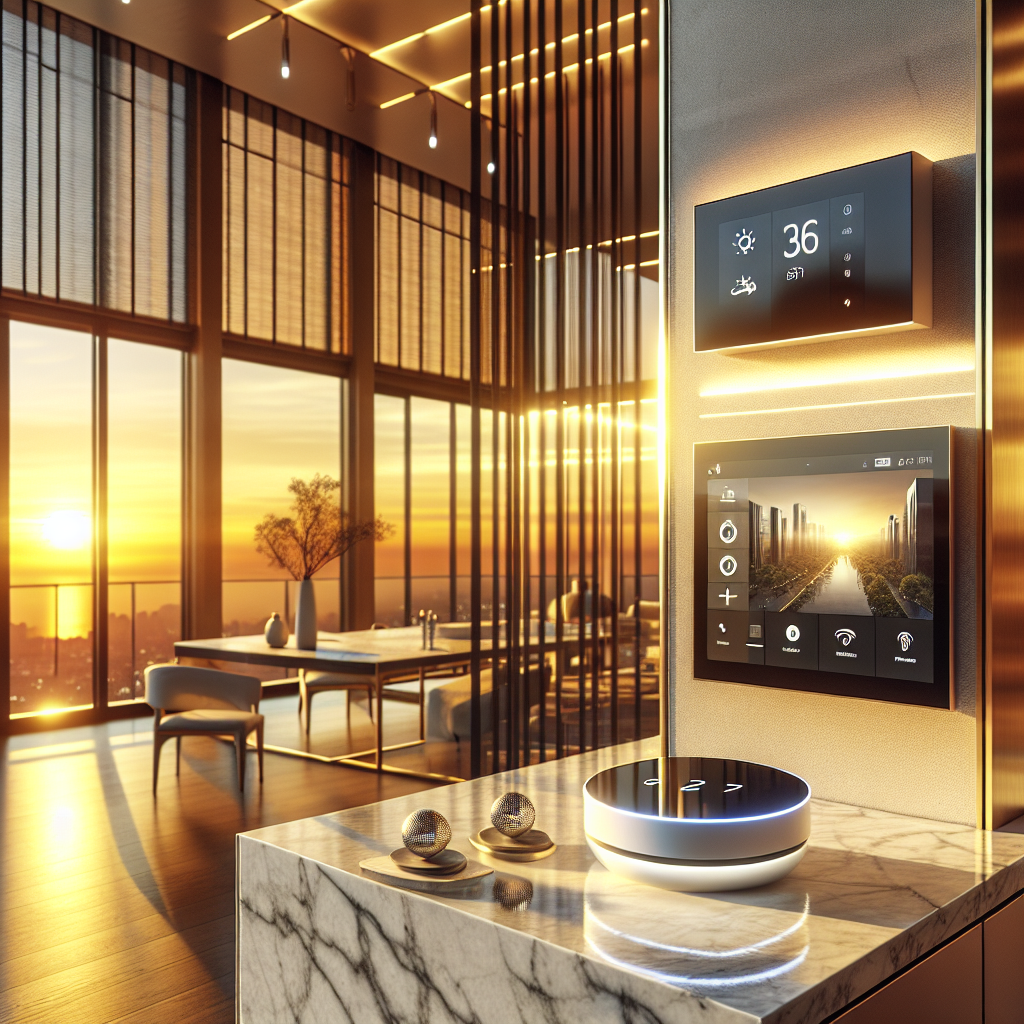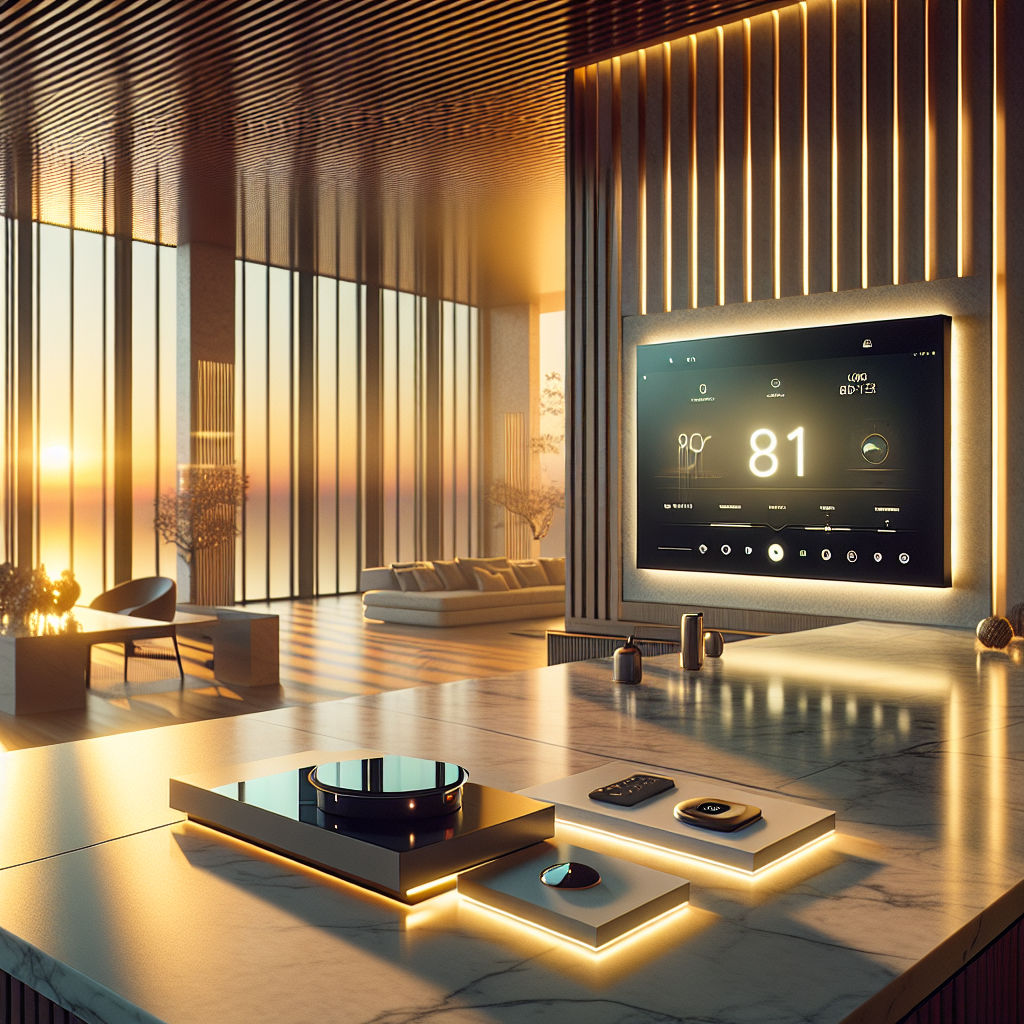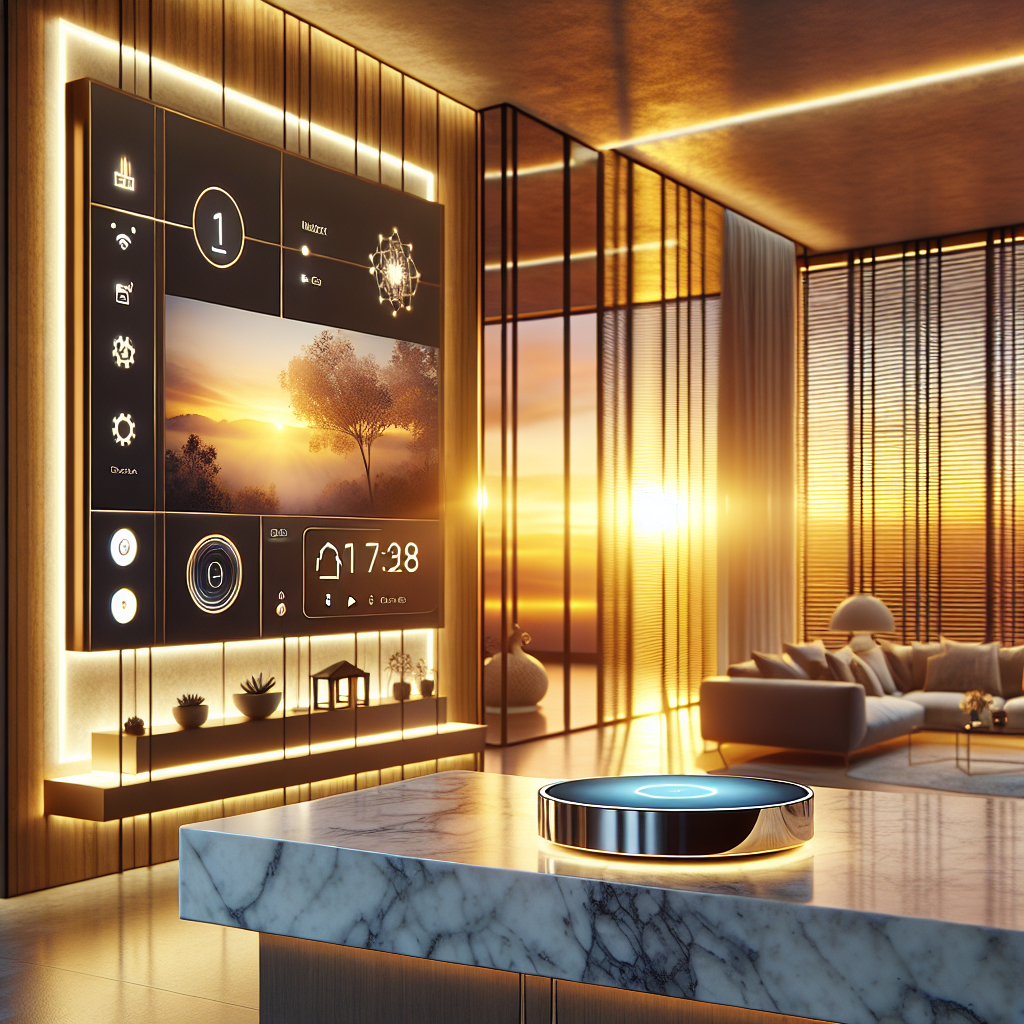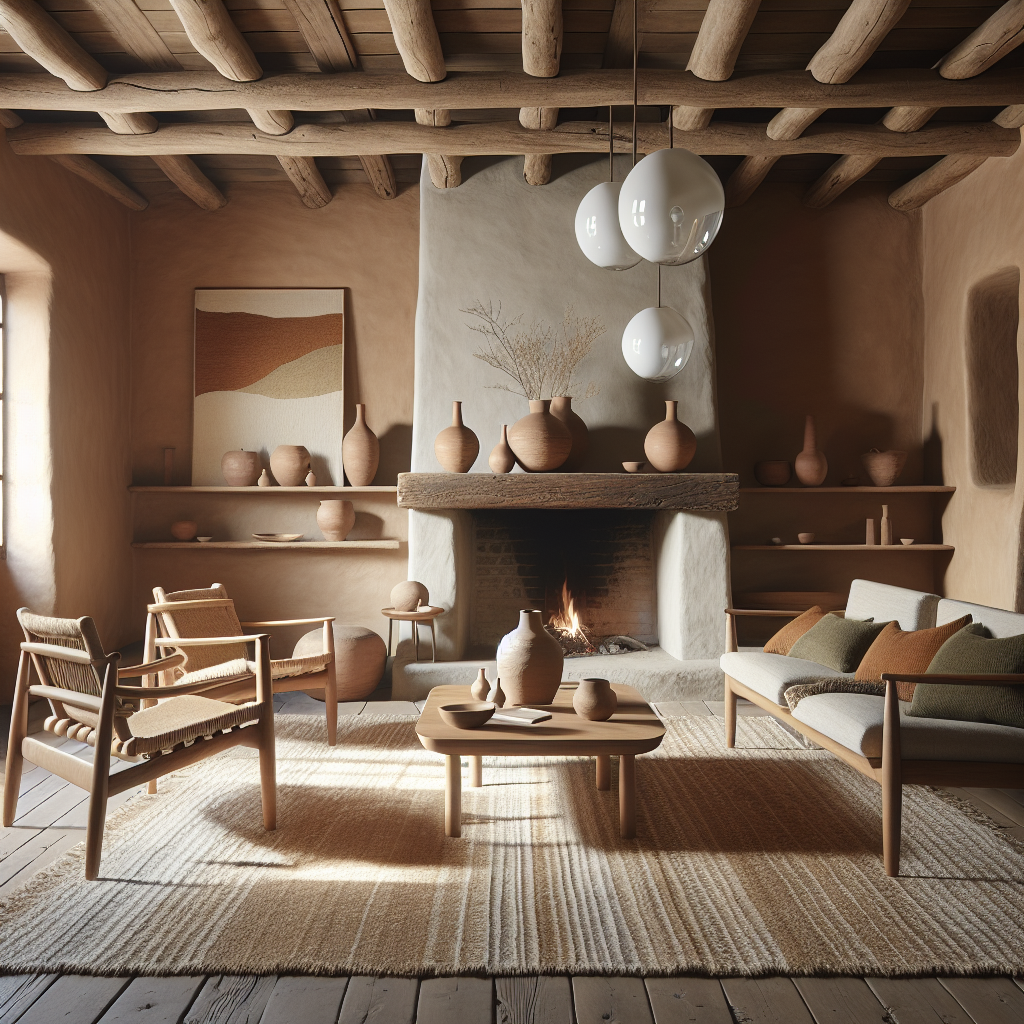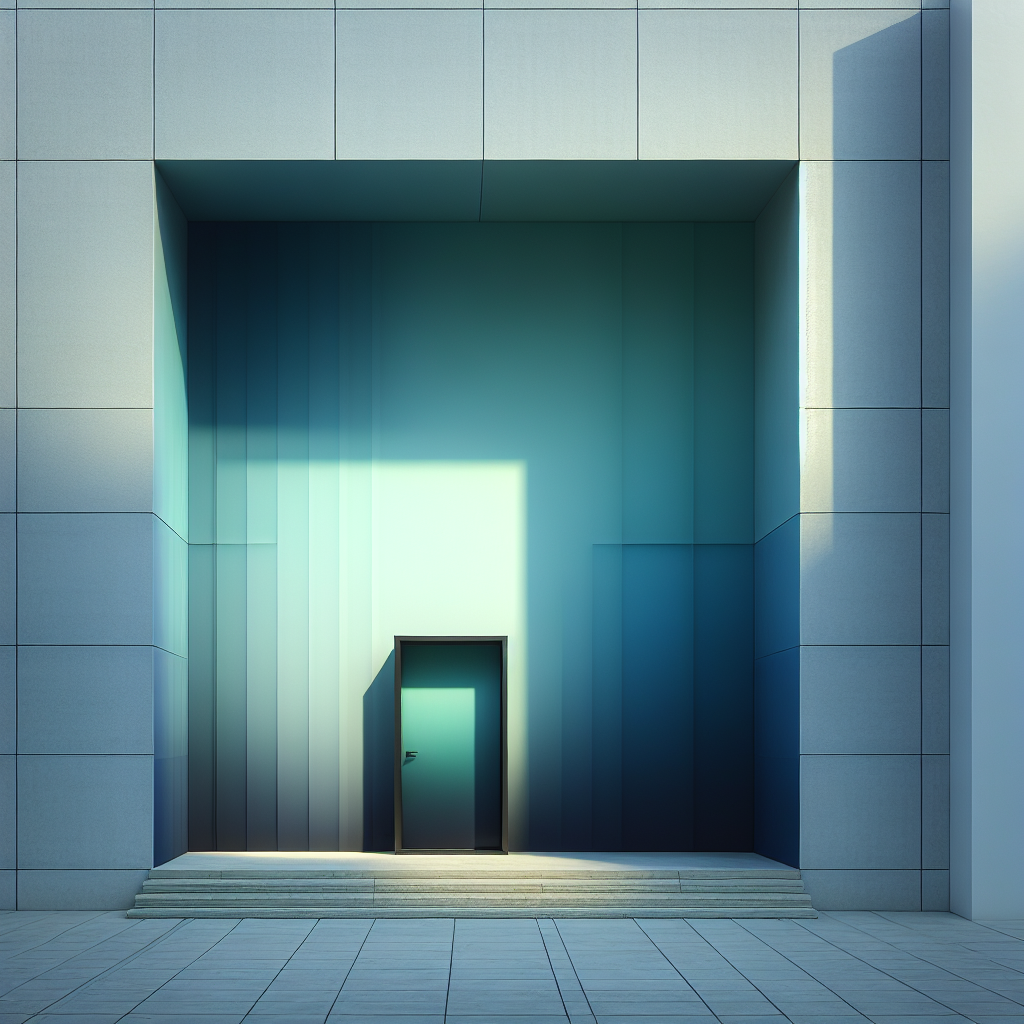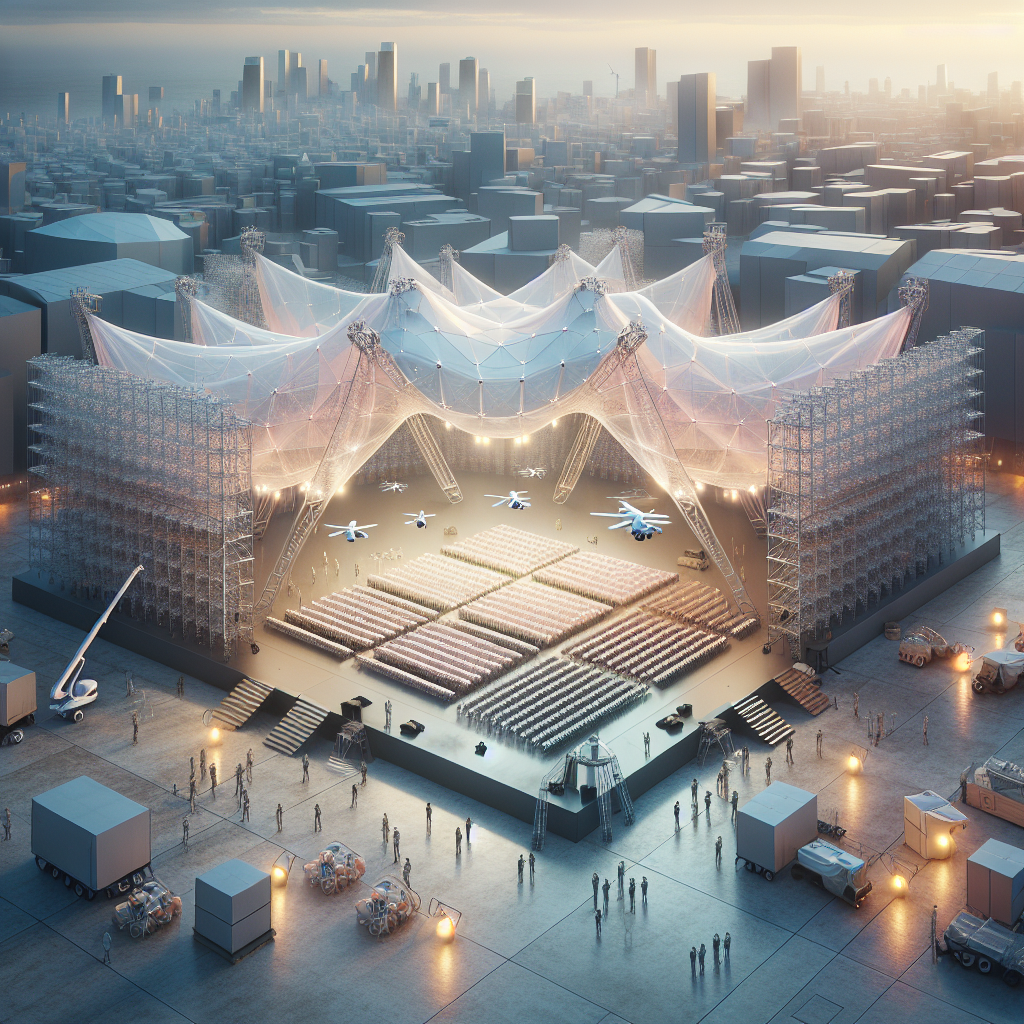Smart Home Devices: Essential Gadgets to Automate Your Life
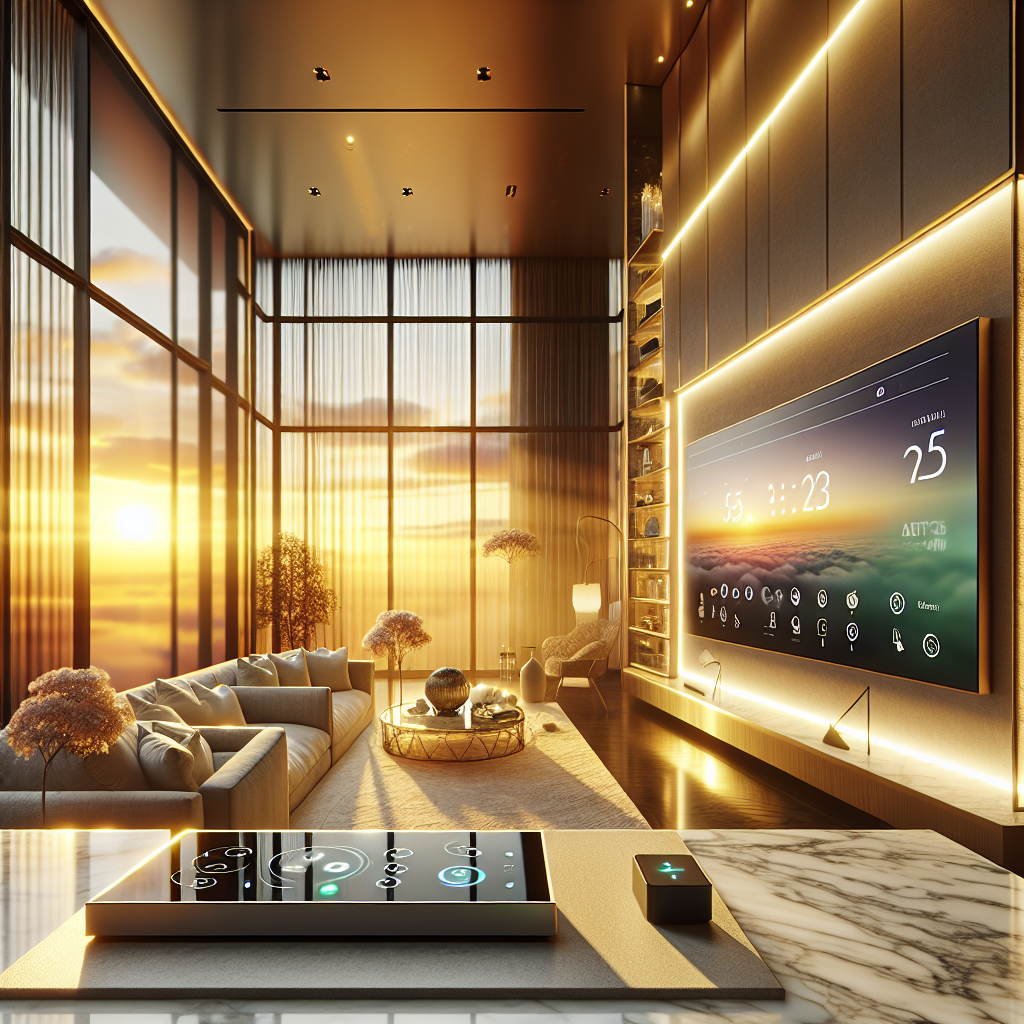
Smart Home Devices: Essential Gadgets to Automate Your Life
In an era where technology seamlessly intertwines with our daily routines, the smart home has evolved from a futuristic fantasy into a sophisticated reality. For design and architecture professionals, industry insiders, and discerning enthusiasts, the integration of smart home devices offers not only convenience but also an elevated aesthetic experience. This exploration into essential gadgets will illuminate how these innovations can enhance both functionality and design, transforming living spaces into intuitive, elegant environments.
The Rise of Intelligent Living Spaces
As our urban landscapes become increasingly complex, architects and designers are tasked with creating environments that respond dynamically to human needs. The smart home phenomenon represents a pivotal shift in residential design, where technology and aesthetics converge to redefine contemporary living. According to a recent report by Statista, the global smart home market is projected to reach an impressive $222 billion by 2027, underscoring the growing demand for automated, intelligent spaces.
Smart home technology is not merely about automation; it embodies a deeper philosophy of responsive design. As discussed in our previous article on responsive architecture, spaces that adapt to occupants’ behaviors and preferences are becoming essential in modern design.
Seamless Integration: Smart Home Hubs
At the heart of any intelligent home lies the smart hub, a central control point that harmonizes various devices into a cohesive ecosystem. Devices such as Amazon Echo, Google Nest Hub, and Apple HomePod Mini not only streamline daily tasks but also serve as stylish focal points within interiors. Their sleek, minimalist designs complement contemporary aesthetics, effortlessly blending into high-end living spaces.
Imagine entering a meticulously designed penthouse, where a Google Nest Hub elegantly rests atop a marble countertop, its ambient display subtly illuminating the room. With a simple voice command, lighting adjusts to your preferred mood, shades glide silently open, and your favorite playlist fills the air—transforming the space into a personalized sanctuary.
Intelligent Lighting: Illuminating Ambiance
Lighting profoundly influences the perception and experience of architectural spaces. Smart lighting systems, such as Philips Hue and Lutron Caséta, empower users to customize ambiance with precision. Designers can now orchestrate lighting schemes that adapt throughout the day, enhancing both functionality and emotional resonance.
Incorporating smart lighting aligns seamlessly with the principles of biophilic design, promoting human well-being by mimicking natural light cycles. Imagine a living room bathed in soft, warm hues at sunset, gradually transitioning to cooler tones that encourage relaxation and restful sleep. Such nuanced control elevates interiors from mere aesthetics to holistic experiences.
Climate Control: Comfort Redefined
Smart thermostats, notably the Nest Learning Thermostat and Ecobee SmartThermostat, epitomize intelligent climate control. These devices learn occupant behaviors, optimizing temperature settings for comfort and energy efficiency. Beyond functionality, their refined designs complement sophisticated interiors, subtly integrating technology into elegant spaces.
Consider a minimalist Scandinavian-inspired apartment, where the sleek, circular Nest thermostat becomes an understated yet integral design element. Its intuitive interface not only enhances user interaction but also contributes to the home’s overall aesthetic harmony.
Security and Surveillance: Intelligent Protection
Security remains paramount in contemporary residential design. Smart security systems, including Ring Video Doorbell and Arlo Pro cameras, offer discreet yet powerful surveillance solutions. These devices provide real-time monitoring and alerts, ensuring peace of mind without compromising visual integrity.
Architects and designers increasingly incorporate discreet surveillance technology into their projects, maintaining aesthetic purity while enhancing safety. For instance, a Ring Video Doorbell seamlessly integrated into a custom-designed entranceway provides security without detracting from the home’s architectural elegance.
Voice-Activated Assistants: Effortless Interaction
Voice-activated assistants have become indispensable in modern homes, offering hands-free control over various devices. Amazon Alexa, Google Assistant, and Apple’s Siri facilitate effortless interaction, allowing occupants to manage lighting, climate, entertainment, and security through simple voice commands.
Incorporating voice assistants aligns with emerging trends in user-centered design, as explored in our article on user experience principles. By prioritizing intuitive interactions, designers create spaces that respond naturally to human behavior, enhancing comfort and convenience.
Automated Window Treatments: Elegance in Motion
Automated window treatments, such as those offered by Somfy and Hunter Douglas, exemplify the fusion of technology and design. These systems provide precise control over natural light and privacy, enhancing both comfort and aesthetic appeal. Motorized shades and blinds glide effortlessly, adding a sense of sophistication and refinement to interiors.
Visualize a contemporary loft with expansive floor-to-ceiling windows, where automated shades gracefully descend at dusk, creating an intimate atmosphere. Such subtle automation not only elevates the user experience but also reinforces the architectural intent of the space.
Innovative Entertainment Systems: Immersive Experiences
Smart entertainment solutions, including Sonos wireless speakers and Samsung’s The Frame TV, offer immersive audiovisual experiences without compromising design integrity. These devices seamlessly integrate into interiors, enhancing spaces with high-quality sound and visuals while maintaining aesthetic cohesion.
Samsung’s The Frame TV, for example, transforms into a digital art display when not in use, harmonizing technology with interior design. Such innovations reflect broader trends toward multifunctional, aesthetically pleasing technology, as highlighted in our exploration of smart home technology.
Sustainability and Smart Homes: A Symbiotic Relationship
Sustainability remains a driving force in contemporary architecture and design. Smart home devices contribute significantly to energy efficiency and environmental responsibility. By optimizing lighting, climate control, and energy consumption, these technologies align with global efforts toward achieving net-zero energy buildings, as discussed in our article on net-zero energy design.
Integrating smart devices into sustainable architecture not only reduces environmental impact but also enhances occupant comfort and satisfaction. Designers and architects are increasingly recognizing the symbiotic relationship between technology and sustainability, creating spaces that are both intelligent and environmentally conscious.
The Future of Smart Home Design
As technology continues to evolve, the possibilities for smart home integration are boundless. Emerging innovations, such as AI-driven predictive analytics and augmented reality interfaces, promise to further transform residential design. Architects and designers must remain attuned to these advancements, continually exploring how technology can enhance both functionality and aesthetics.
Drawing inspiration from visionary projects like Saudi Arabia’s ambitious The Line project, professionals can anticipate how futuristic technologies will shape urban living. By embracing innovation, designers can create environments that are not only responsive and intelligent but also profoundly human-centric.
Elevating Design Through Technology
Smart home devices represent more than mere gadgets; they embody a profound shift toward responsive, intuitive living spaces. For architects, designers, and sophisticated enthusiasts, these technologies offer opportunities to elevate interiors, enhance functionality, and promote sustainability. By thoughtfully integrating smart devices into design, professionals can craft environments that resonate deeply with occupants, transforming everyday living into an extraordinary experience.
As we continue to explore the intersection of technology and design, the smart home emerges as a testament to human ingenuity, creativity, and aspiration—redefining what it means to live intelligently and beautifully.
